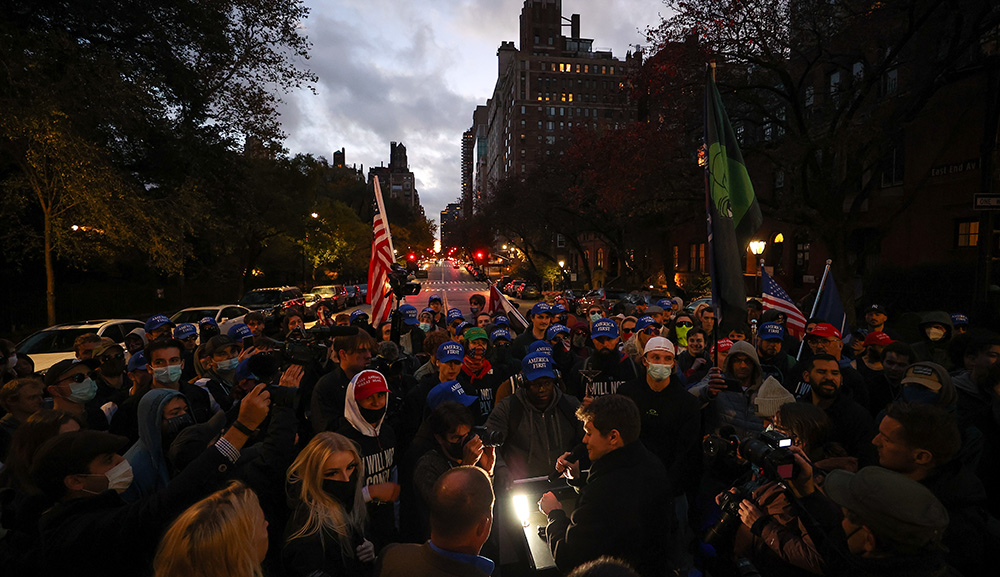On Friday, the U.S. declined to veto a UN Security Council resolution that effectively declared it illegal for Jews to live in territories acquired by Israel in 1967. Eran Lerman explains the implications:
[T]he resolution greatly reduces the likelihood that the Palestinian leadership will have what it takes to strike a workable compromise at the negotiating table. It is weak and divided, and has not been marked hitherto by the courage necessary to make an implementable outcome possible.
Mahmoud Abbas did offer a conciliatory note after the UN vote, calling for coexistence and implying that he is aware that the future still depends on the Israeli electorate. But he is less able now than ever before to offer a vision that departs from the template of expectations he and his colleagues have generated. A “solution” tailored to satisfy the hopes fostered by the resolution’s text—i.e., the delegitimization and ultimate removal of each and every Jew living beyond the 1949 armistice lines, absurdly including east Jerusalem—simply cannot be implemented. Anyone who encourages the Palestinians to believe that the forced removal of hundreds of thousands is preferable to a convoluted but practical compromise that would involve human dislocation on a much smaller scale—and that leaves Jerusalem a living, united city—is abetting a pipe dream.
Venezuela and Malaysia, virulent anti-Israel players, [supported the resolution] for their own reasons. Senegal tagged along. New Zealand may have failed to comprehend what the initiative entails, and in Europe the settlements have been an obsessive preoccupation for years. But the Obama administration was well positioned to know that this resolution would do little but harm. Its decision to let it happen anyway, when Egypt offered a legitimate and honorable way out, raises troubling questions about Barack Obama’s motives.
More about: Barack Obama, Israel & Zionism, Peace Process, Settlements, United Nations


